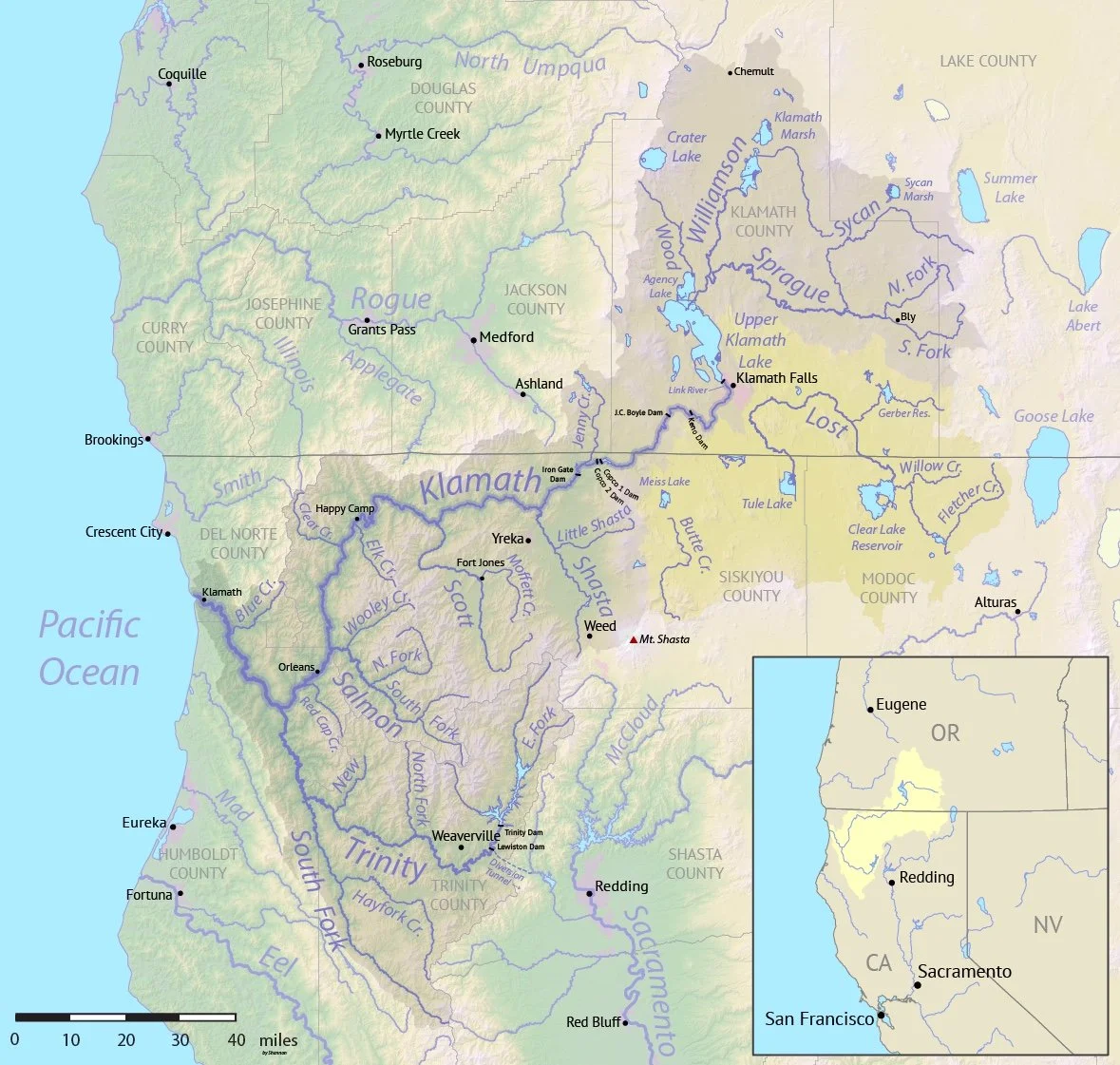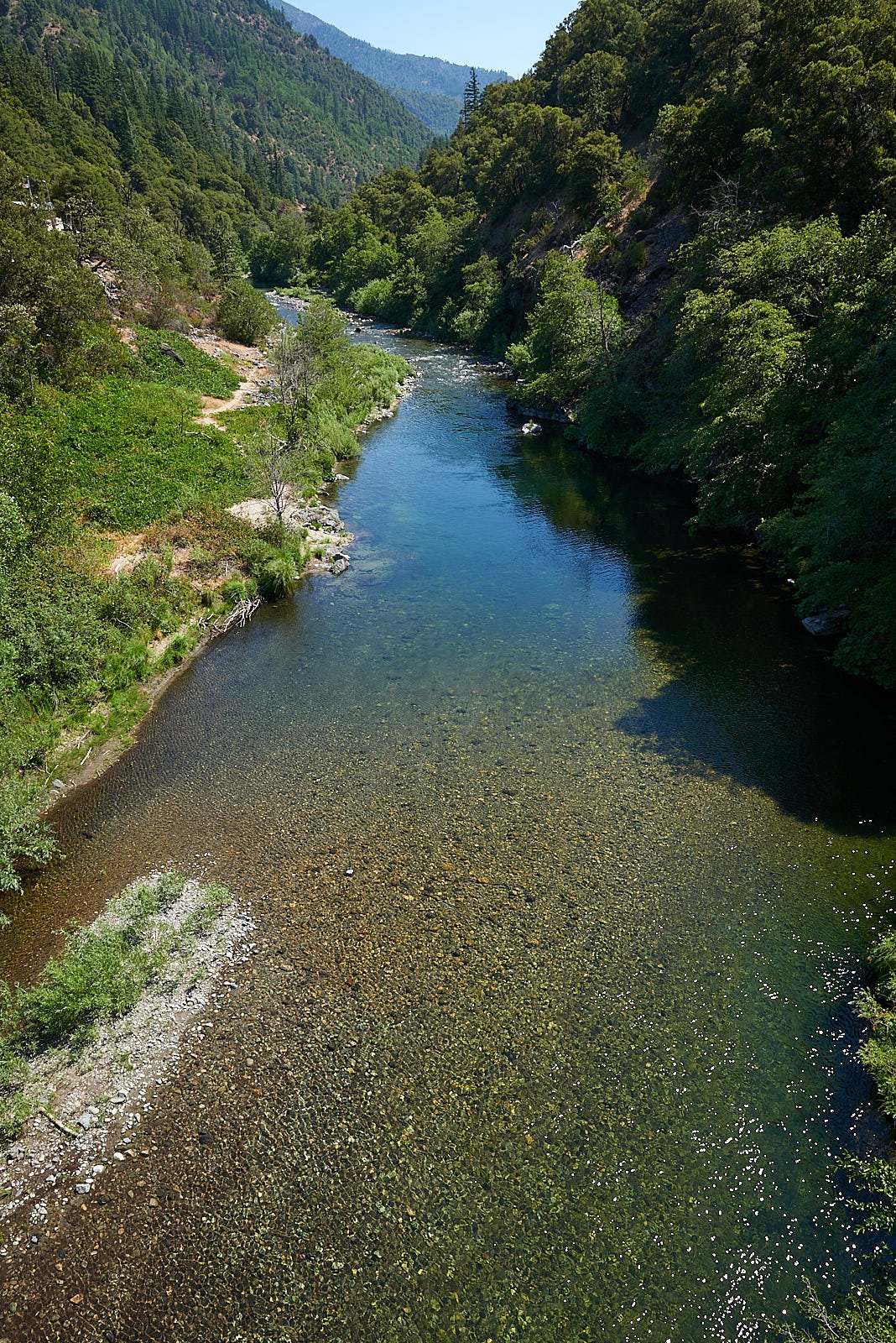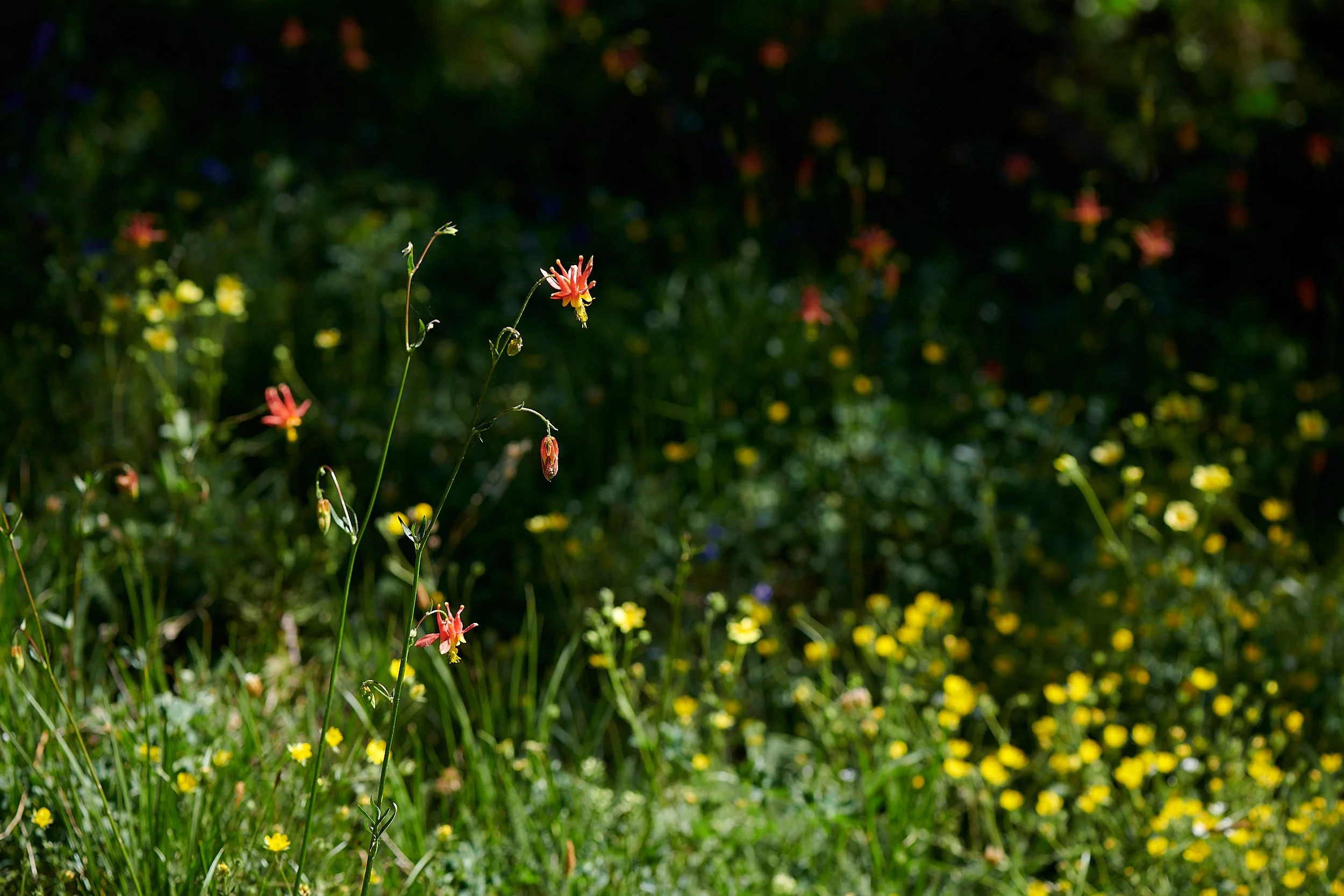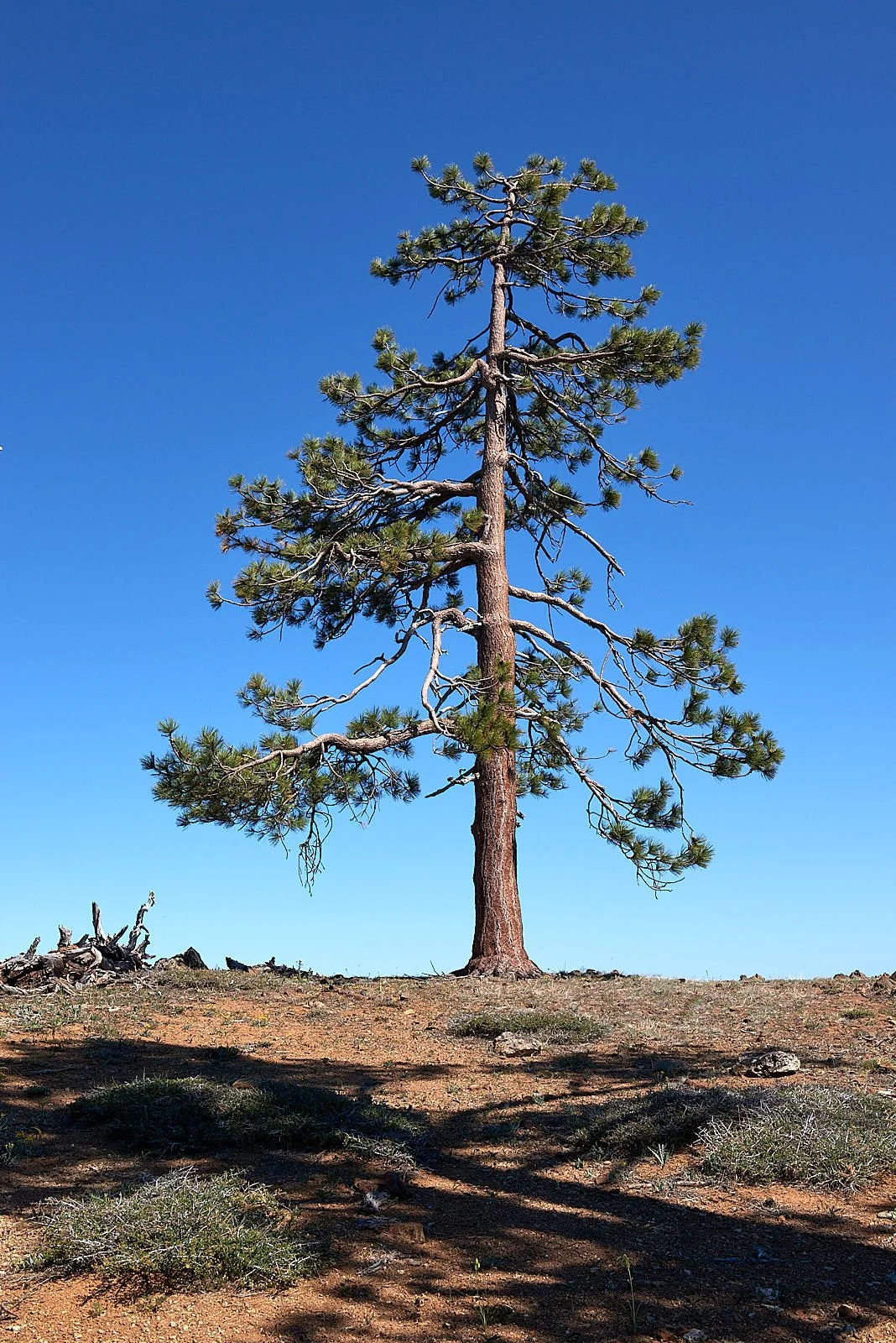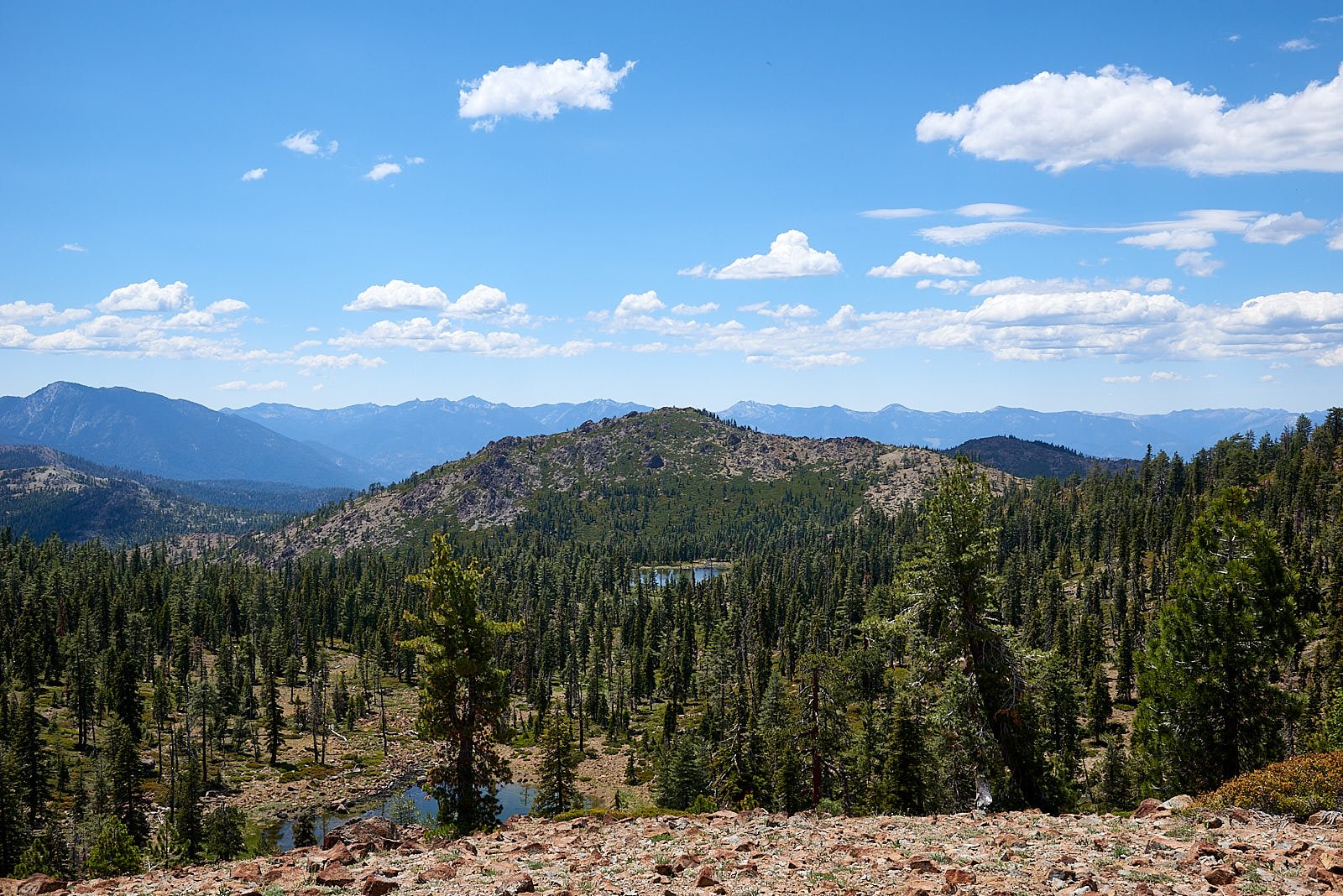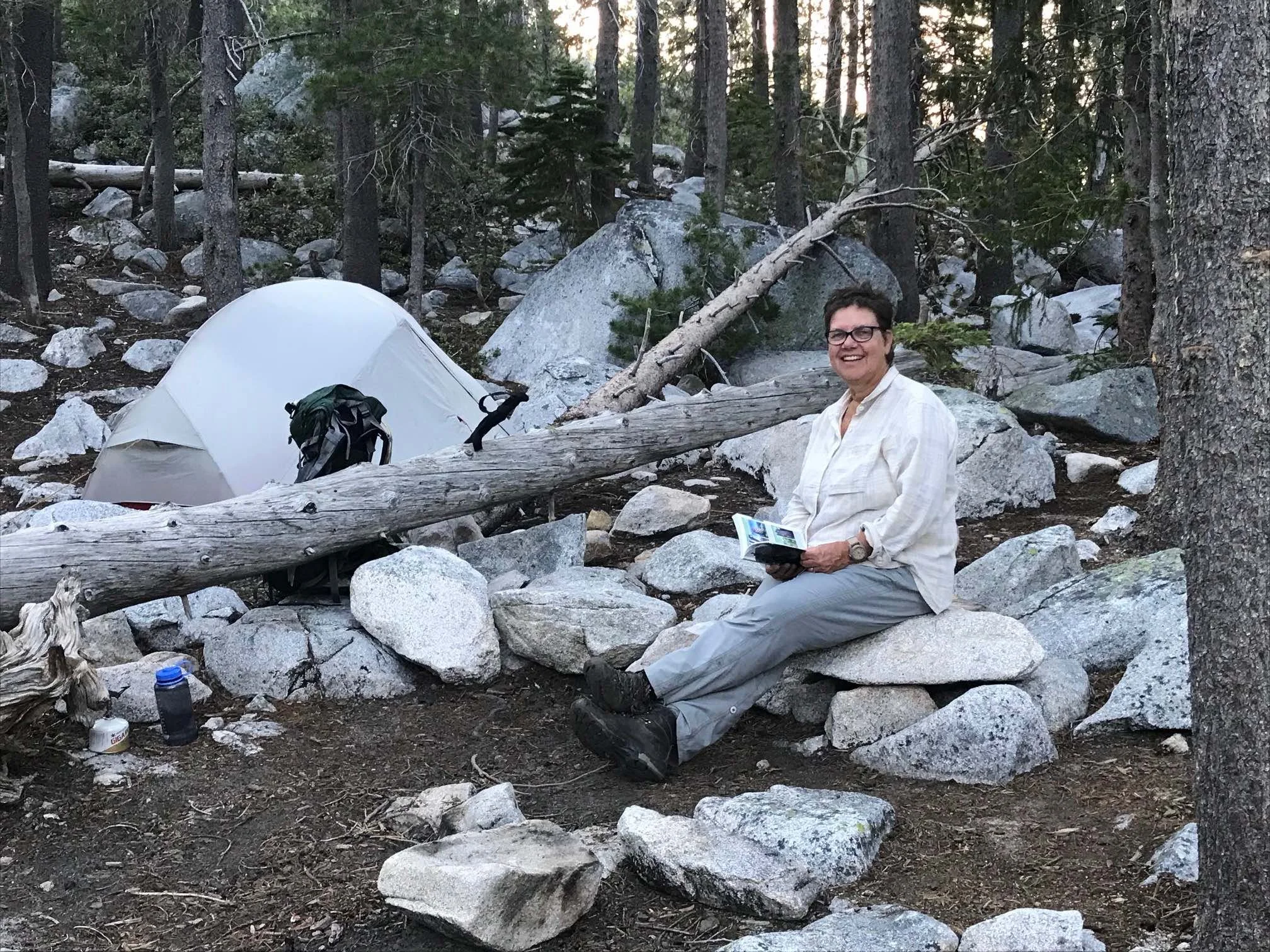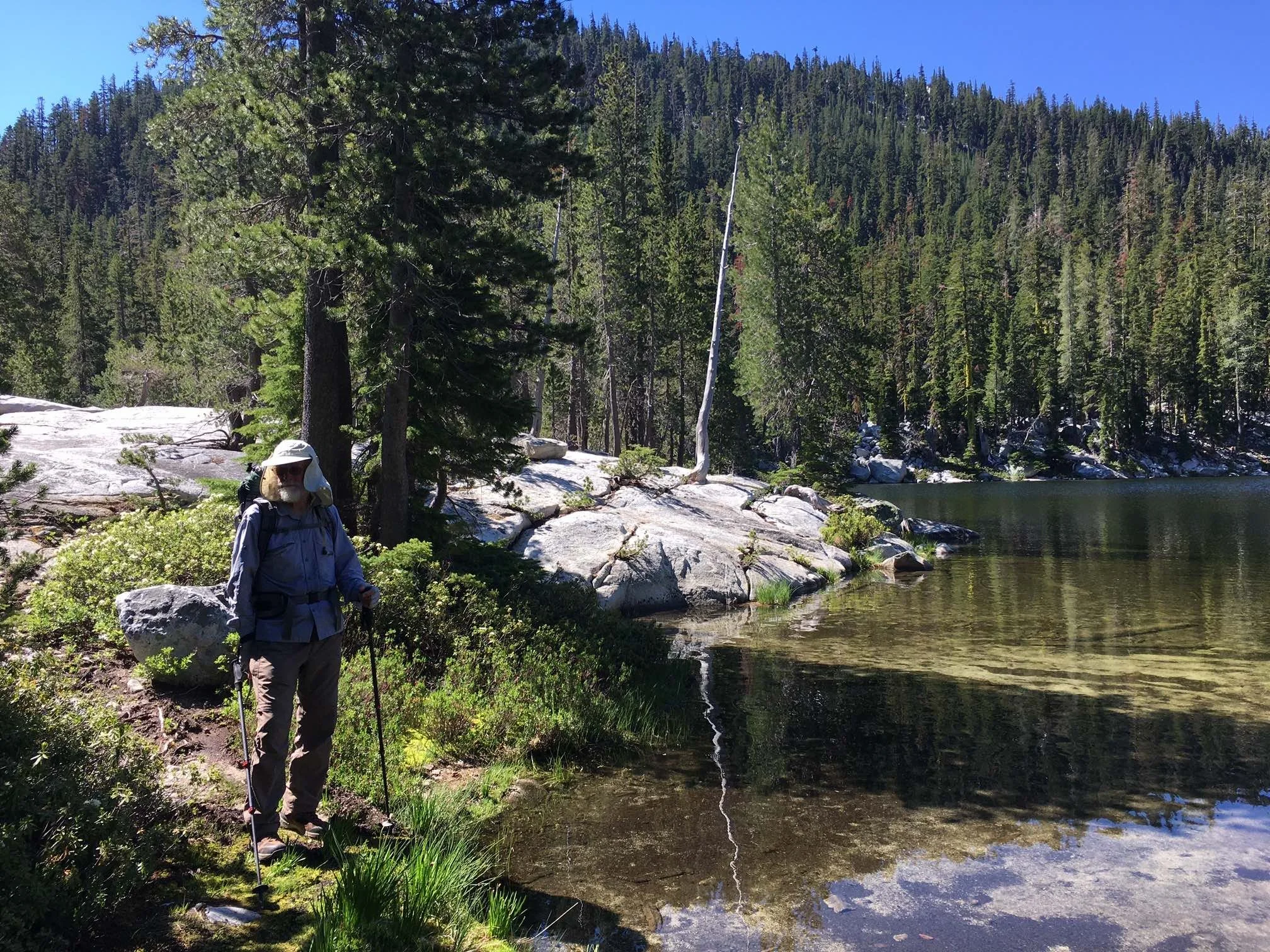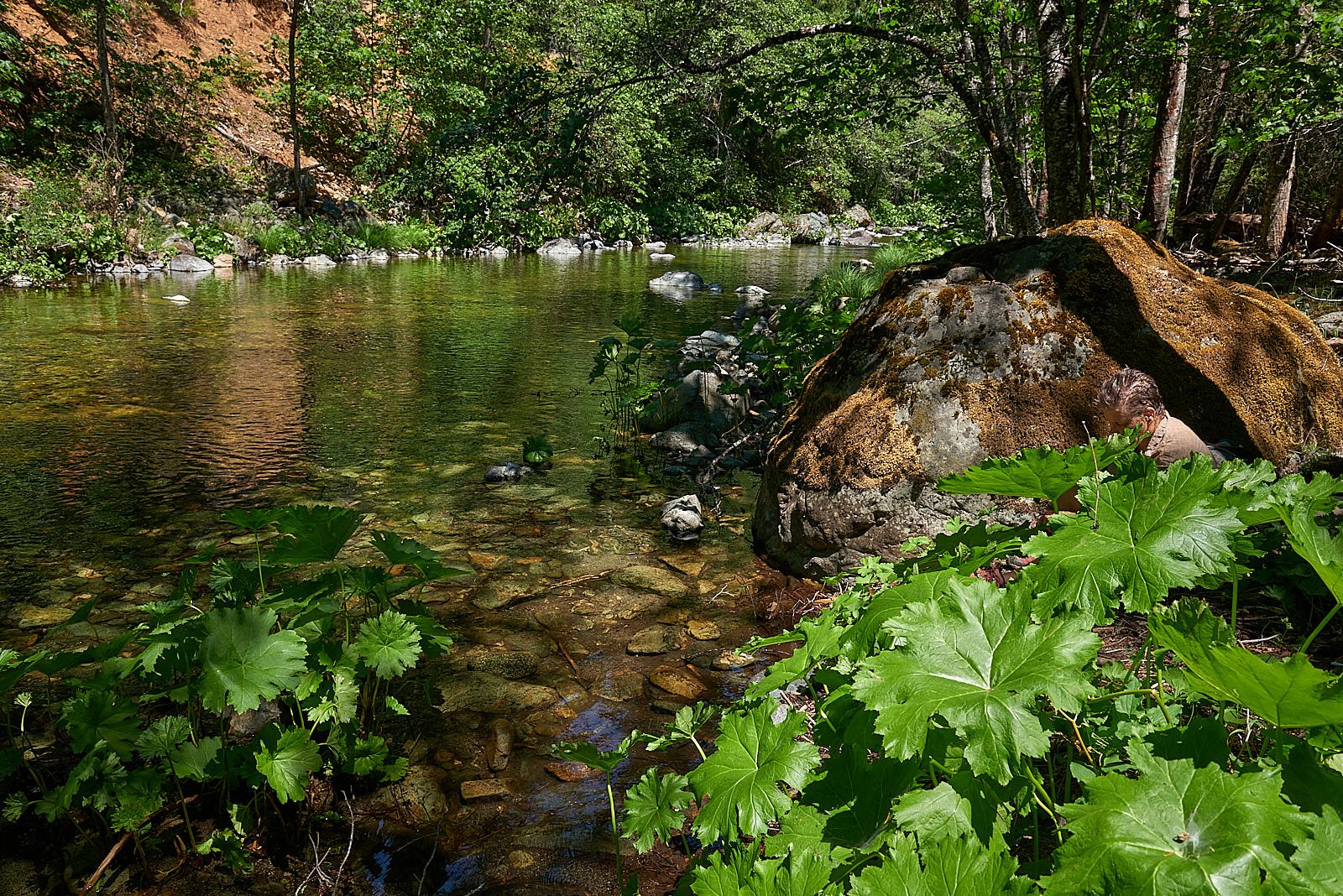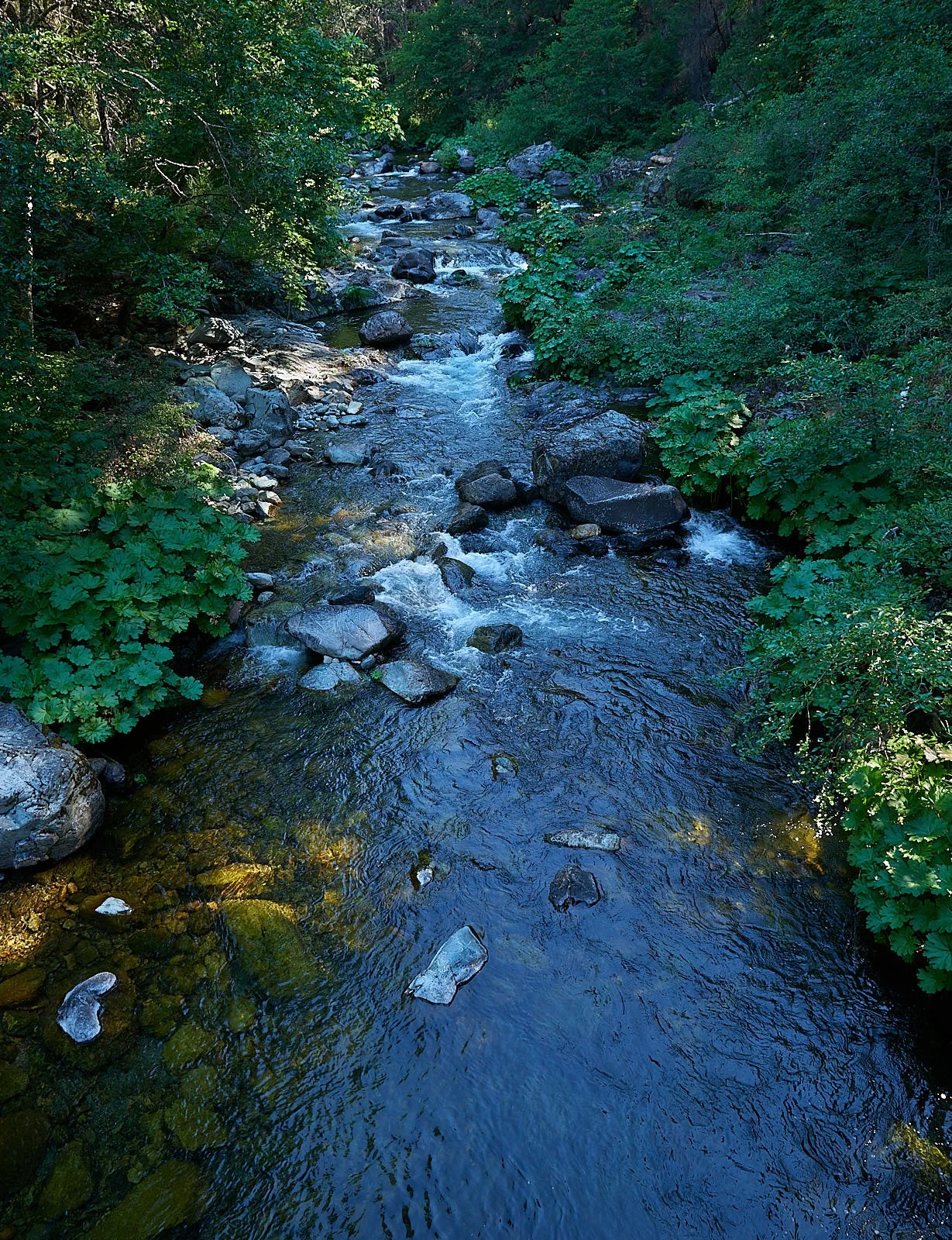Exploring the Salmon River: June 2021
Water is life.
NW California & SW Oregon have a rich riverine system that includes the following rivers:
Eel
Mad
Klamath (Trinity, Salmon, Scott, Shasta, Williamson, Sprague tributaries)
Smith
Chetco
Rogue
Salmon River
Humans has a special relationship with water and it was this affinity that motivated us to visit the Wild and Scenic Salmon River.
The river has its origins in the high Klamath Mountains and comprises of the North and South Forks. Its watershed is entirely within the Klamath National Forest; less than 2% of the land area is privately owned.
Unlike most other large California rivers, the Salmon is completely free flowing, with no dams or significant flow diversions of any kind.
It is one of California's most pristine rivers.
National Forest information HERE.
Kangaroo Lake, Klamath National Forest
Kangaroo Lake (6085 ft. elevation) drains into the Klamath River system and is surrounded by National Forest. A paved road provides easy access to the campground.
The area is a magnet for botanists because it has several fens, serpentine soil, entry into the sub-alpine zone via the Pacific Crest Trail.
Fens
Fens are unique peat-forming wetlands that rely on groundwater input and require thousands of years to develop. They are hotspots of biodiversity and play an important role in recycling nutrients, trapping eroding soil, and filtering out polluting chemicals such as nitrates. In addition, fens figure prominently in nearly all scenarios of CO2-induced global change because they are a major sink for atmospheric carbon. (Weixelman & Cooper 2009)
Serpentine
Ultramafic rocks are igneous or metamorphic rocks that contain more than 70% iron or magnesium minerals. Serpentine soil is produced by serpentinite and weathered ultramafic rock such as peridotite. Serpentinite is formed by the metamorphic reaction of peridotite with water.
Serpentinite most often forms in oceanic crust near the surface of the earth, particularly where water circulates in cooling rock near mid-ocean ridges. With continental drift, these areas become incorporated on to continents. Serpentine soil is found in a range of conditions - from moist fens to rocky barrens.
Serpentine soils have a low calcium-to-magnesium ratio and lack many essential nutrients such as nitrogen, phosphorus, and potassium.
Serpentine soils also contain high concentrations of heavy metals, including chromium, iron, cobalt, and nickel.
Together, these factors create serious ecological challenges for plants living in serpentine soils.
Pitcher Plant (Darlingtonia californica)
Serpentine plant communities have poor plant productivity and high rates of endemism.
They often exhibit a "stunted" growth habit, with dull waxy, gray-green leaves which allow for water retention and sunlight reflection.
Other traits include pigmented stems and occasionally a carnivorous nature as seen in the Darlingtonia californica.
Pitcher Plant information HERE.
Duck Lakes, Klamath National Forest
Big and Little Duck Lakes, situated within the Russian Wilderness, are famous in botanical circles for the “Miracle Mile” – 18 conifer species within one square mile.
It is considered one of the richest conifer assemblages on Earth.
Subalpine Fir behind Trevlyn
The hike to Duck Lakes is 10.6 miles round-trip with an elevation gain of 2300 feet. We camped at Big Duck Lake.
Science v. Sport Fishing Industry
Met three scientists who were surveying lakes to ascertain fish and frog populations. They were obtaining data for National Parks who had been sued by a Harvard group that argued (probably correctly) that stocking non-native fish (e.g.: trout) in federally protected waterways was threatening indigenous frog populations (in this case, the Cascade Frog).
Little Duck Lake: Scientists caught lots of fish and saw one Cascade Frog.
N. Fork Salmon River, Klamath National Forest
Idlewild (2640 feet elevation) is a delightful campground on Salmon’s North Fork.
Due to Covid we were sometimes the only camp occupants, but we did meet Mark & Jan – both aged 67 yrs.
Jan was completing a solo PCT hike from Yosemite to Oregon. Mark was her support team.
Mule Bridge, Marble Mountain Wilderness
The N. fork of the Salmon descends from the Marble Mountain highlands. A multi-day hike is possible using a trail that starts at Mule Bridge and follows the river’s course. During our river ramble we discovered several lovely swimming holes.
Fork of Salmon, Klamath National Forest
Salmon River’s two forks meet at Fork of Salmon – an old gold mining town.
Cannons called monitors were employed to shoot water at high pressure onto the face of the cliff, thereby washing away tons of boulders, gravel, dirt, and ounces of gold.
The environmental impacts were catastrophic and are still relevant today. More information HERE.
S. Fork Salmon River, Klamath National Forest
The south fork road, although paved, is not for the timid driver. It hugs the precipitous riverine cliffs and has many tortuous one-lane sections with blind corners. It was 4th July weekend and we sought to be off the road and in solitude.
Using 4x4, we found the perfect spot – Bald Eagles, Rufous Hummingbird at feeder, Spotted Sandpiper nest & egg, Garter snakes, Grey Pine forest, Mule deer, bats and not a single Homo sapiens.
Big Carmen Lake, Klamath National Forest
At Scott Mountain Summit, we left Highway 3 and followed a forest dirt road to Big Carmen Lake at 5540 feet elevation.
No-one around so we could choose the best dispersed campsite.
The lakeshore is a glorious meadow, insects humming and flowerheads bobbing in the breeze.
The lakeshore is a glorious meadow, insects humming and flowerheads bobbing in the breeze.
Trip Reflections
The Salmon River is remarkably under-developed, presumably because of the rugged terrain, minor roads and limited employment opportunities.
Great area for outdoor activities and well-worth a revisit.
Don’t tell anybody!
